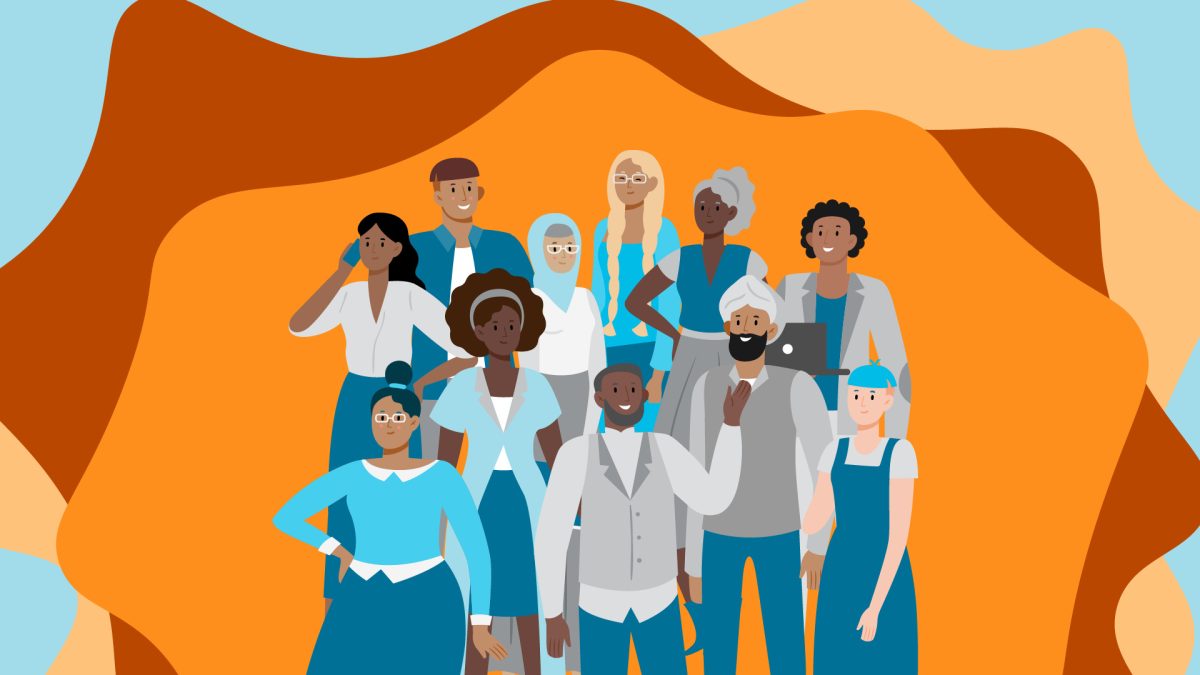As the nation gears up for another presidential election, many Americans worry about the popular vote, which represents the total number of individual votes cast by citizens across the country. Every news outlet is projecting the current polls while emphasizing the need to focus on swing states, where these individual votes can have the greatest impact on the overall result. Some of the most common swing states are Pennsylvania, Nevada, New Mexico, Georgia, Michigan, and Wisconsin. Despite these states having relatively low populations, their votes tend to be the deciding factor in elections. This phenomenon is driven by the Electoral College. Understanding how the Electoral College operates is crucial to grasping the power of a vote.
The Electoral College was established in the constitution by our founding fathers to mirror the structure of Congress by assigning states electoral votes based on their respective populations. This system aims to balance the influence of votes in heavily populated states with those in less populated ones. Still, it also raises questions about the fairness of our democratic process.
In the last 200 years of American history, there have been five presidents who have won without winning the popular vote. This highlights a significant issue with the Electoral College. Some voters feel that their vote doesn’t matter because the Electoral College can lead to outcomes that don’t represent the opinions of the majority.
Composed of 538 electors, the Electoral College is a unique process used by the United States in its presidential elections, though other countries, such as Burundi and Estonia, also use forms of electoral colleges for certain aspects of their electoral processes. This process boils down the popular vote in their respective state to the vote of an elector. In heavily populated states like California, one electoral vote is worth 722,220 people while in a state like Vermont, one elector vote represents 215,688 people. This disparity highlights how a vote in less populated states carries more weight in determining an election than those in larger states.
These swing states are often the most contested by candidates, as their relatively small populations can have a significant influence on how the Electoral College decides the election. While 80% of Americans don’t live in these crucial swing states, leading to the perception that their votes might not carry the same weight, this belief stems more from the historical voting patterns of certain states rather than the actual value of any individual vote. These states have been predictably Democratic or Republican, regardless of the candidates, meaning that by election day, these large states are often already decided. As for swing states, due to their smaller populations, they are more affected by individual changes in voting from the Republican candidate to the Democratic candidate, which makes them the determining factor in presidential elections.
This is all to say, your vote matters, whether you live in a swing state or not. As the new generation of voters, the power to reshape the election patterns in your state and use the Electoral College to your favor is in your hands. By participating in elections, you are not only asserting your beliefs, but you are also making a change in the democratic process by combating years of “predictability” among non-swing states.







